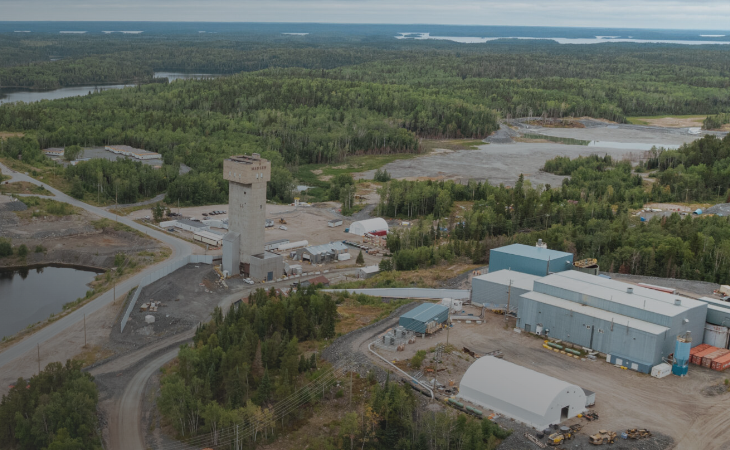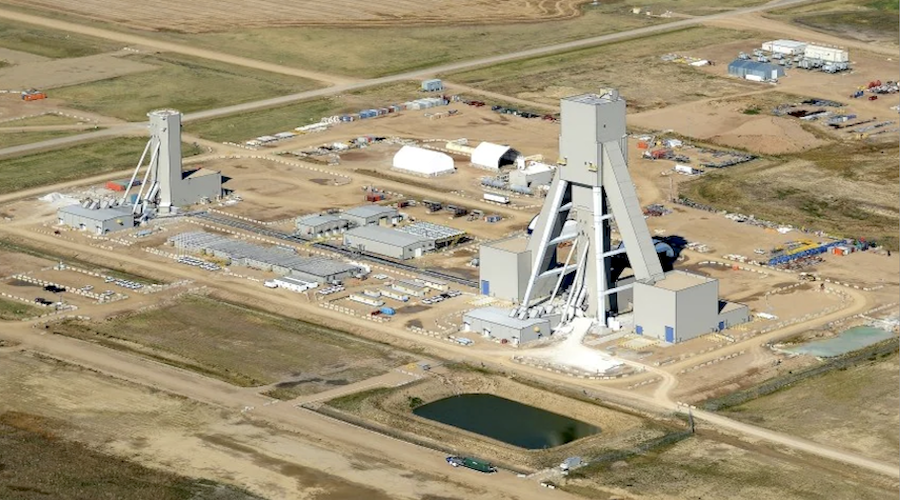Canada punches above its weight in global deals
In 2014, volatile commodity prices and an uncertain economic outlook provided the backdrop to a fourth consecutive year of falling deal activity and the lowest deal volume since 2003. Meanwhile, risk aversion and capital discipline among investors and producers alike stymied both the availability and spending of capital.
Fortunately, the global scenario didn’t quite play out the same way in Canada, where the sector punched above its weight in 2014.
In fact, Canada topped global mining deal volume and finished as the most prolific buyer of mining and metals assets in terms of volume and second in terms of value. This was in spite of subdued metal prices leading to weaker financial performance and slowing investment. Companies remained cautious about new investment but looked for attractive opportunities to strengthen their core business.
According to EY’s report Mergers, acquisitions and capital raising in mining and metals: 2014 trends, 2015 outlook, Canada had the top gold deal and second biggest deal of the year with the joint acquisition of Osisko Mining Corp by Yamana Gold and Agnico Eagle Mines for $3.6 billion.
Gold remains the most-targeted commodity by volume in Canada and in global markets. The majority (88%) of gold deals, however, were valued at less than $50m, reflecting distress among gold juniors as capital remained scarce at the junior end.
Looking ahead
With gold prices rallying early in the first quarter 2015 got off to a good start, albeit gold seems to have settled downward and the metal is looking for price support. Renewed investor enthusiasm early in the quarter raised much-needed capital for a brief period for project developments and debt repayments.
While base metals are likely to witness continued weakness, miners will benefit from the lower input and freight costs resulting from lower oil prices, helping shield some margin erosion.
Majors are expected to stay focused on their core businesses, balance sheets and liquidity through cost rationalization, consolidation of core assets, improved operational efficiencies and disciplined investment. Companies are likely to fund development of new projects and attractive acquisition through operating cash flows and the disposal of non-core assets instead of high-cost debt and equity dilution, where practical.
Globally, deal activity shows little sign of picking up, but we expect to see more joint ventures emerge as a way of sharing the costs and risks associated with accessing new markets and secure new supply.
Long-awaited funding from private capital funds could begin to deploy across the sector as sellers align their value expectations with the market, and assets continue to be sold by the large cap producers in search of optimum portfolios.
Current market conditions are putting mining companies in a quandary – investing for the next stage of growth is potentially unpopular with shareholders, but it could prove to be a masterstroke if they want to fully capitalize on the next uplift in the cycle.
Focus on creating value
For the past few years, companies have been focused on cost-reduction programs, internal capital allocation and productivity measures – short-term corrective and shareholder appeasement measures, which have yielded some results.
But with the global industry facing a period of historic restructuring, companies positioning themselves to win will need to cast a different lens over their “buy, build or return” decisions – with a broader focus on total shareholder return – and make capital decisions that will support longer-term value creation.
One thing is certain: standing still is not an option.





Comments